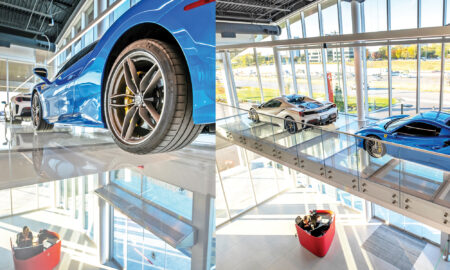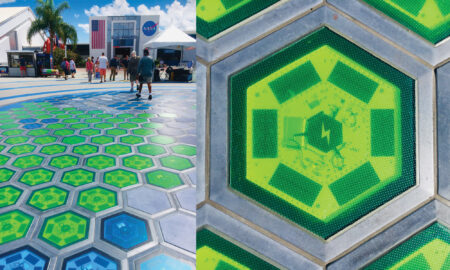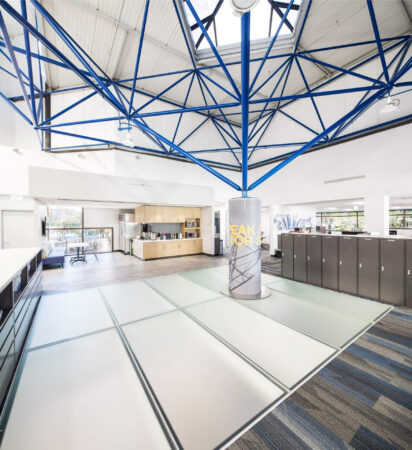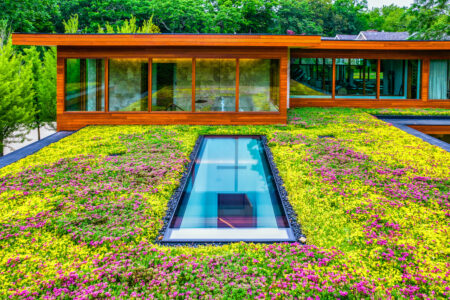
Architectural glass continues to redefine the possibilities of modern design, offering both functional performance and artistic potential. As a versatile material, architectural glass blends strength, transparency, and elegance, allowing architects and designers to create visually stunning spaces. From grand facades to intricate interior elements, glass inspires creative expression in a variety of applications.
Understanding the Different Types of Glass
We exclusively use triple-laminated, tempered, clear low-iron glass for superior strength, clarity, and performance. This specialized glass offers exceptional transparency and structural integrity, making it ideal for architectural applications. For projects that call for added design appeal or privacy, we also offer textured surface options. These enhancements allow for greater artistic flexibility while maintaining the durability and safety our systems are known for.
Glass as a Defining Element in Glass Buildings

The rise of the glass building exemplifies how architectural glass shapes skylines and captures attention. Full glass facades offer a sleek, modern aesthetic while maximizing natural light. These structures demonstrate how glass can be more than a surface material—it becomes the defining element that blurs the boundaries between interior and exterior, offering open, airy environments.
Glass Architecture and Artistic Freedom

Glass architecture provides designers with the freedom to experiment with light, color, and form. Incorporating colored interlayers, decorative laminates, or etched patterns transforms plain surfaces into art installations. Glass can frame views, filter sunlight, or reflect surroundings, creating ever-changing visuals throughout the day. This versatility allows artistic vision to shine in both large-scale projects and intimate spaces.
Best Uses of Glass in Buildings for Aesthetic and Function

Some of the best uses of glass in buildings balance beauty and practicality. Glass staircases, floors, and bridges create dramatic focal points while maintaining strength and safety. Glass railings provide unobstructed views, and large curtain walls flood interiors with light. Whether used for transparency, reflection, or artistic flair, glass enhances both design intent and user experience.
Integrating Sustainability with Artistic Glass Applications

Today’s architectural glass offers more than visual appeal—it supports sustainable design. Energy-efficient coatings and insulated glass units reduce heat transfer and improve building performance. By choosing glass products that meet environmental standards, designers can create artful spaces that also align with green building goals, contributing to healthier and more efficient structures.

Architectural glass opens endless opportunities for artistic expression and innovative design. From selecting the right types of glass to integrating sustainability, designers can transform spaces with creativity and purpose. As technology advances, the role of glass in shaping inspiring, functional, and efficient buildings will only continue to grow. You can always rely on Glass Flooring Systems to provide all your architectural glass needs—just reach out!
.png)




